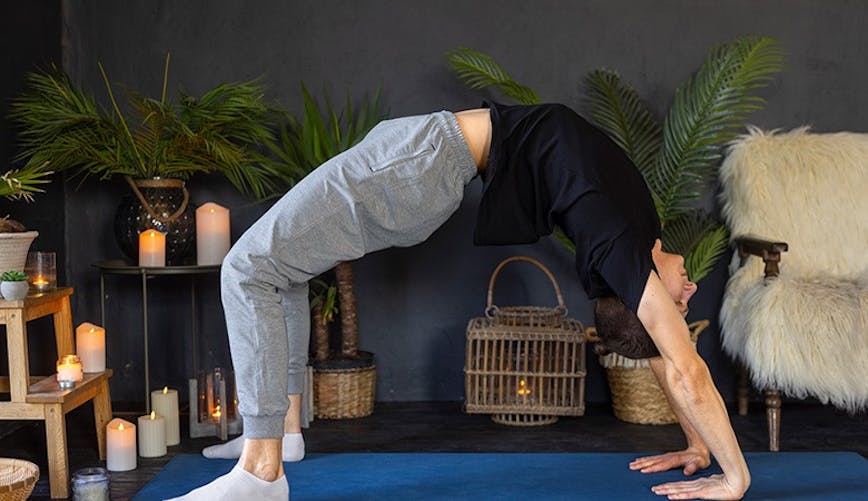
Adaptive Yoga: Tailoring Practices for Individual Needs and Goals
Yoga is often celebrated as a one-size-fits-all practice, but the truth is, everyone’s body, lifestyle, and goals are different. Adaptive yoga breaks this mold by tailoring practices to meet individual needs, ensuring that yoga is accessible and beneficial for everyone, regardless of physical ability, experience, or personal objectives.
What is Adaptive Yoga?
Adaptive yoga is a personalized approach that modifies traditional poses and techniques to suit the practitioner’s unique requirements. It emphasizes flexibility—not just in the body, but also in how yoga is taught, practiced, and experienced.
Whether you’re recovering from an injury, managing a chronic condition, or looking to enhance performance in a specific area, adaptive yoga offers tools to help you achieve your goals without compromising safety or comfort.
Who Can Benefit from Adaptive Yoga?
1. Beginners: Those new to yoga who may need a gentle introduction to poses and practices.
2. Individuals with Physical Limitations: People with disabilities, chronic pain, or restricted mobility can practice yoga safely with modifications.
3. Athletes: Adaptive yoga can complement training regimens, targeting specific muscle groups or enhancing flexibility and focus.
4. Seniors: Older adults can practice yoga with adjustments that consider age-related challenges like balance or joint issues.
5. Stress Relief Seekers: Adaptive techniques can prioritize mindfulness and relaxation for mental health support.
© Copyright Healthscoot.org . All Rights Reserved

Key Principles of Adaptive Yoga
1. Customization
Yoga poses are adjusted to match the practitioner’s physical capabilities, using props like blocks, straps, and chairs as needed.
2. Inclusivity
Adaptive yoga removes barriers, making it accessible for everyone, regardless of age, body type, or ability level.
3. Focus on Functionality
Rather than striving for perfection in poses, the emphasis is on functional movement and achieving the intended benefits of each posture.
4. Mind-Body Connection
Adaptive yoga prioritizes mindfulness and breathwork, ensuring the practice is as mentally enriching as it is physically beneficial.
How to Start an Adaptive Yoga Practice
1. Identify Your Goals
Clarify what you want to achieve—improved flexibility, pain relief, stress reduction, or something else. This will guide your practice.
2. Seek Professional Guidance
Work with an instructor trained in adaptive yoga. They can assess your needs and recommend modifications to maximize safety and effectiveness.
3. Use Props Wisely
Incorporate tools like bolsters, straps, or chairs to support your body in poses, ensuring proper alignment and comfort.
4. Listen to Your Body
Avoid pushing through discomfort. Adaptive yoga encourages a gentle, intuitive approach that respects your body’s limits.
5. Incorporate Breathwork and Relaxation
Focus on pranayama (breath control) and meditation to enhance the mental and emotional benefits of your practice.

Examples of Adaptive Yoga Modifications
- Seated Yoga: Use a chair to perform poses like seated forward bends or gentle twists, ideal for those with limited mobility.
- Supported Balancing: Practice balance poses like Tree Pose with the support of a wall or a sturdy surface.
- Gentle Backbends: Use a bolster under the spine to ease into poses like Bridge Pose.
- Modified Downward Dog: Perform the pose against a wall instead of on the floor to reduce strain on the wrists and shoulders.
Benefits of Adaptive Yoga
1. Enhanced Accessibility: Makes yoga inclusive for people of all abilities.
2. Injury Prevention: Focuses on safe movements tailored to individual needs.
3. Holistic Well-being: Improves physical strength, flexibility, mental clarity, and emotional balance.
4. Empowerment: Encourages self-awareness and confidence by celebrating progress over perfection.
Adaptive yoga transforms yoga into a practice that evolves with you, meeting your body and mind where they are. Whether you’re seeking a gentle entry point or a specialized routine, this personalized approach ensures yoga remains a lifelong tool for health and wellness. Why not unroll your mat and explore the possibilities today?